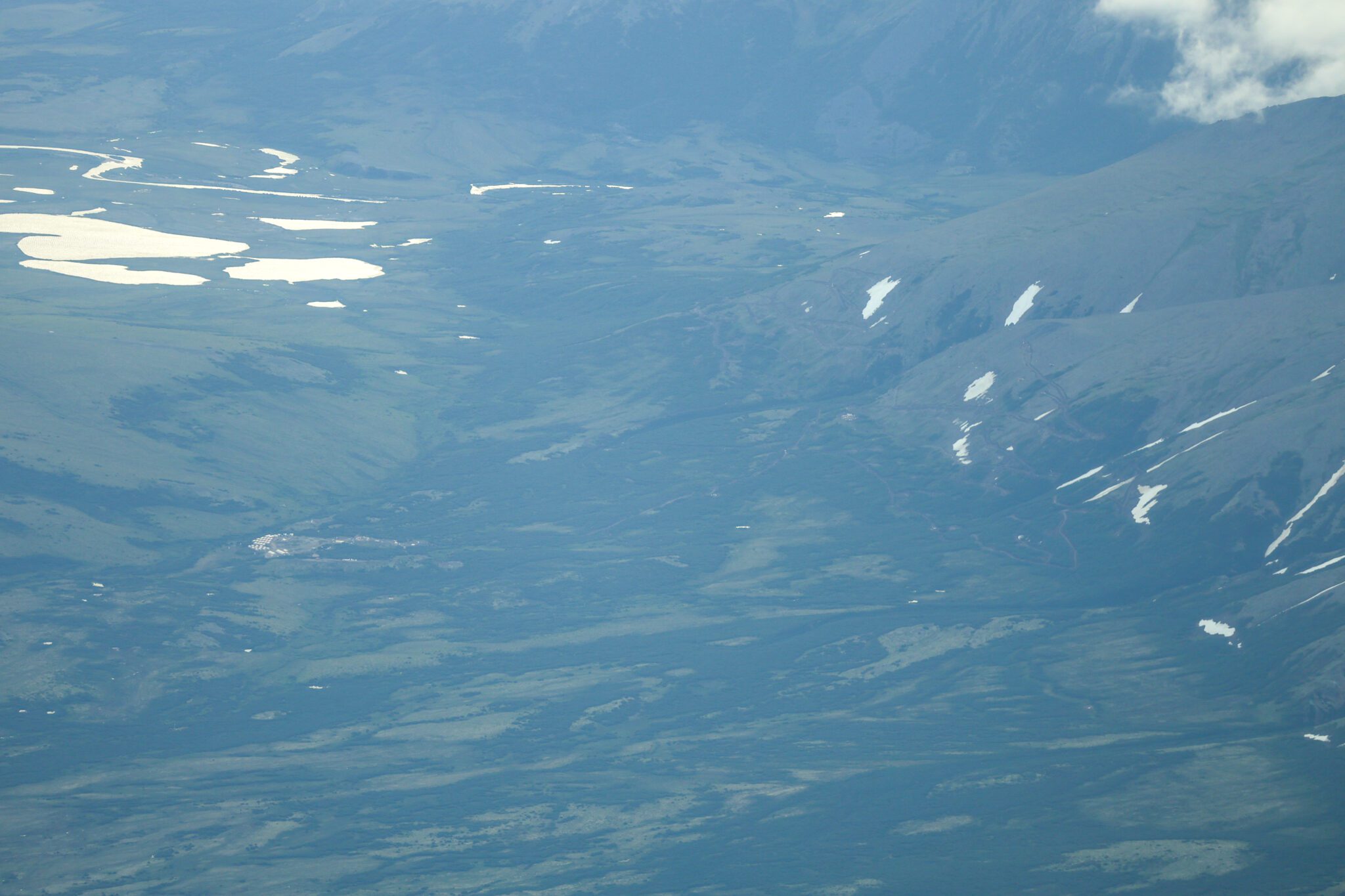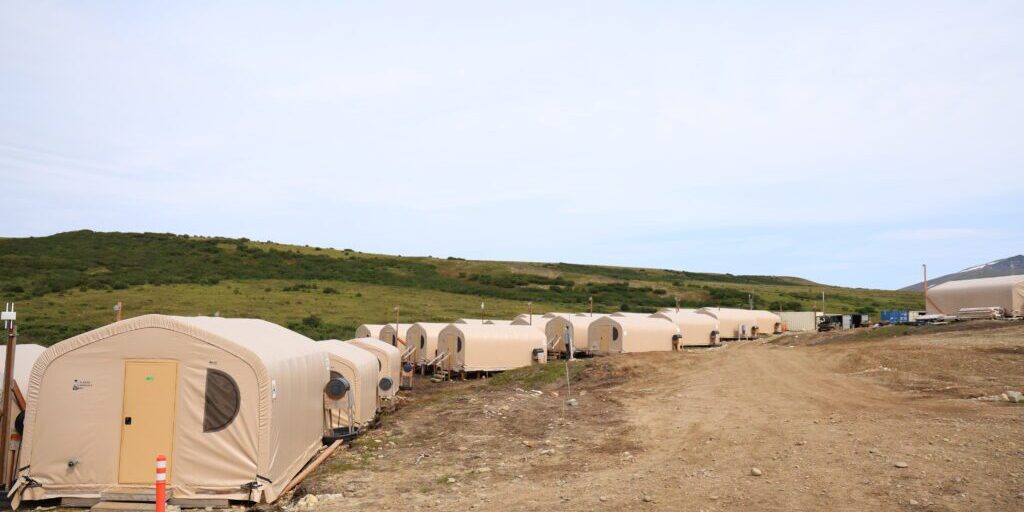Located just over 30 miles north of Nome, the Graphite Creek property is believed to be one of the largest known graphite deposits in the world. The entire deposit spans about 10 miles along the Kigluaik mountain range, just south of the Imuruk Basin.
“That certainly makes it special from a mineralogic standpoint, a longevity of operations and job opportunities standpoint and of course, the area, just in its natural setting, is also quite special and unique,” Graphite One's VP of Mining, Kevin Torpy, explained.
The industry veteran regularly travels back and forth from Nome to Graphite One’s camp, where the Canadian mining company has set up a large complex at the base of the Kigluaik mountains.
The camp is complete with a large laundry tent, a mess hall that serves half-pound smoked cheeseburgers, and high-speed Starlink internet. While touring the grounds, employees are excited to talk to you about the work they’re doing. For the uninitiated, it defies expectations of a mining site. Torpy tapes it up to a culture they have thoughtfully developed.
“We as a management team all the way up to our CEO and down to our site supervision treat people like we want to be treated, we try and make it a fun place to work,” Torpy explained. “Beyond that, every one of us is incredibly proud of what we do, and we like our employees to take pride in what they're doing.”
The camp has about 30 tents, each containing dividers to create personal living spaces for the approximately 50 on-site workers. A large water treatment facility sits on the north side of the camp near the mess hall and laundry facilities. There are several large administrative tents, lined on the insides with foldable tables packed with gear.
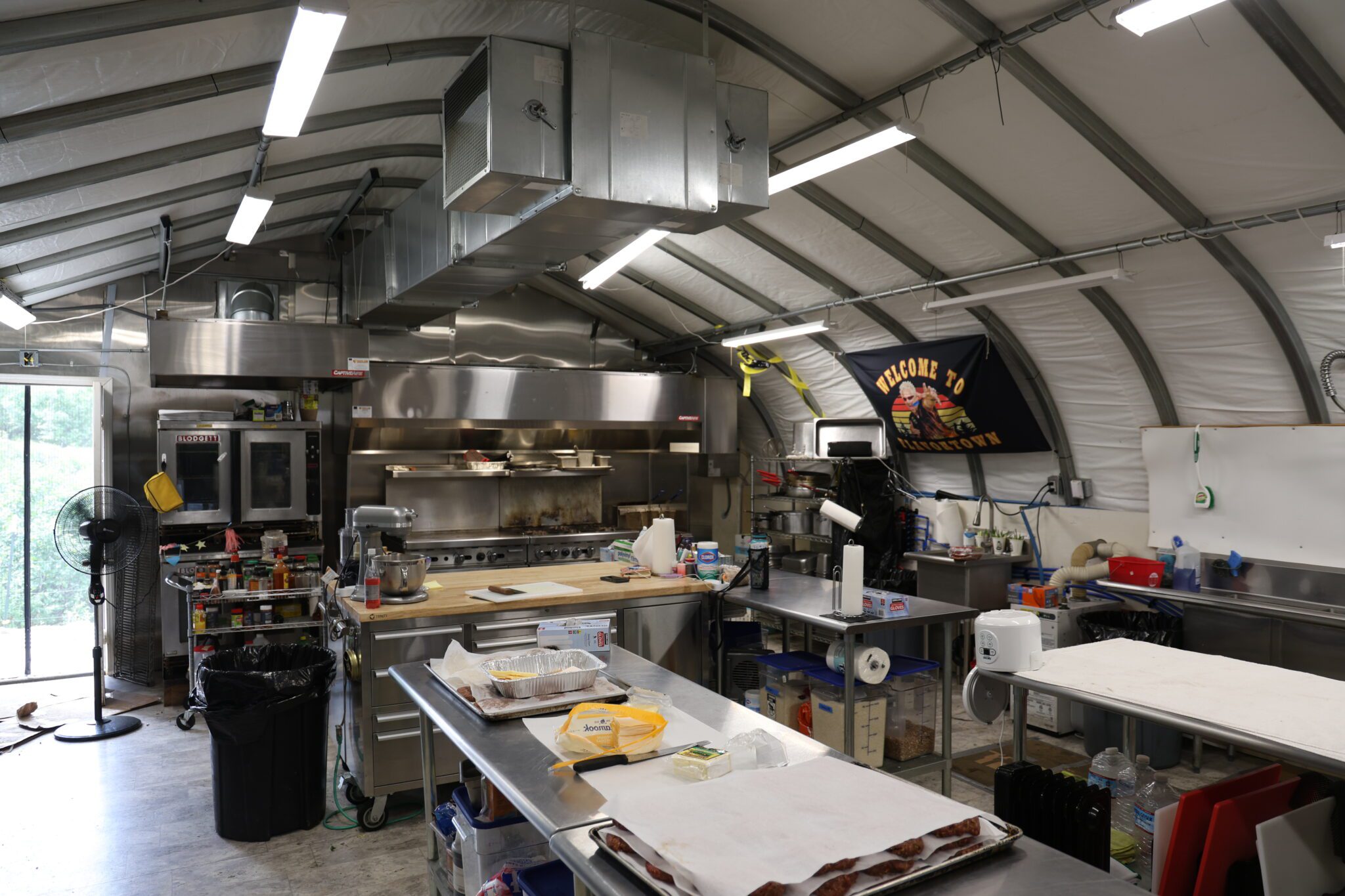
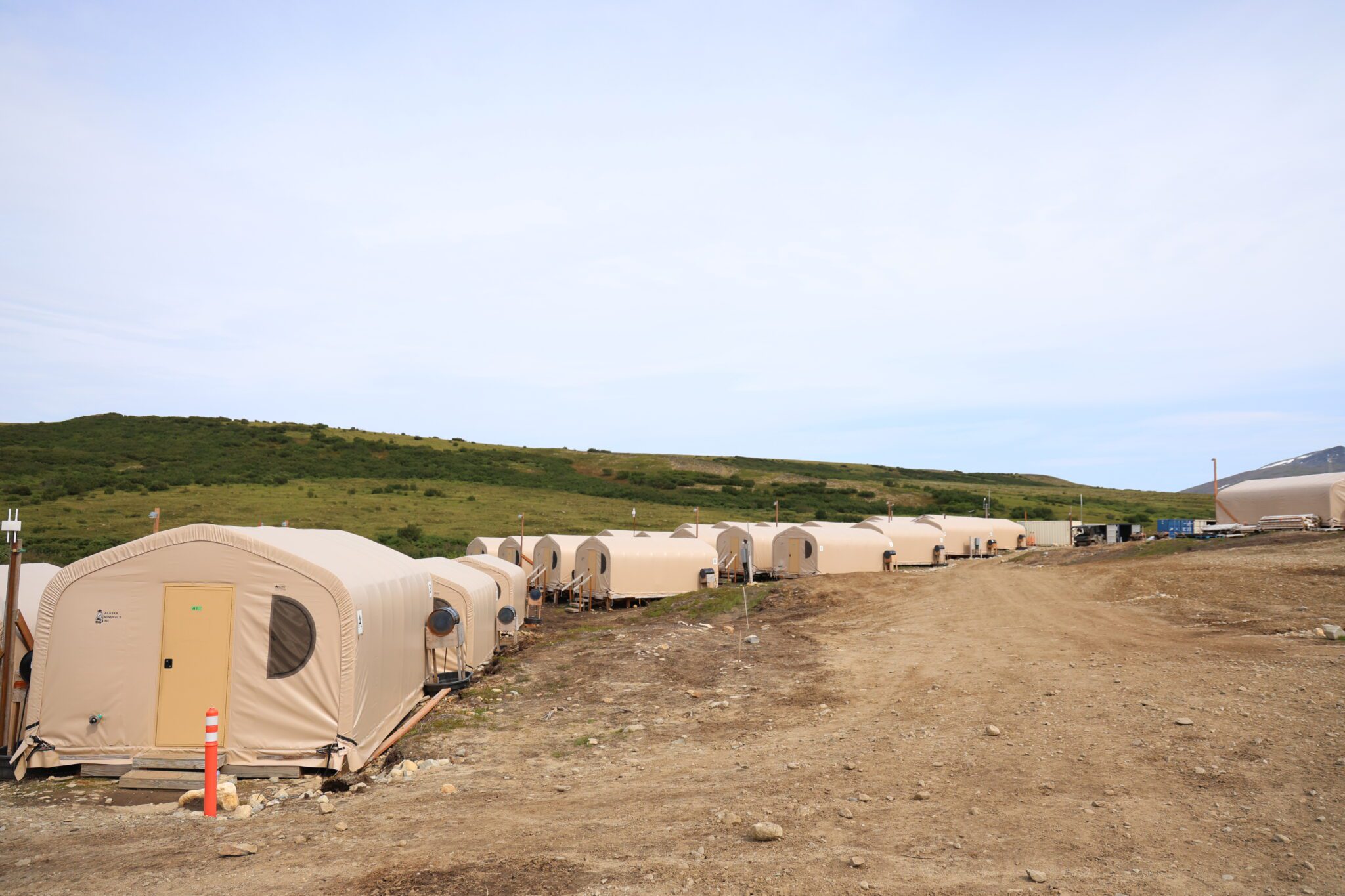
Drill sites for core sampling are a short, muddy drive from the base of the mountains. There, the regularly relocated drill platforms pepper the mountainside. On the drive up, the droning sound of a rotating, diamond bit drill only gets louder.
The drills are digging as deep as 500 feet to extract core samples. The samples, relatively homogenous in color and slick to the touch, are indications of high mineralization of graphite. The samples extracted from the mountain are placed in cardboard boxes and shipped back to Graphite One’s camp in Nome for further analysis.
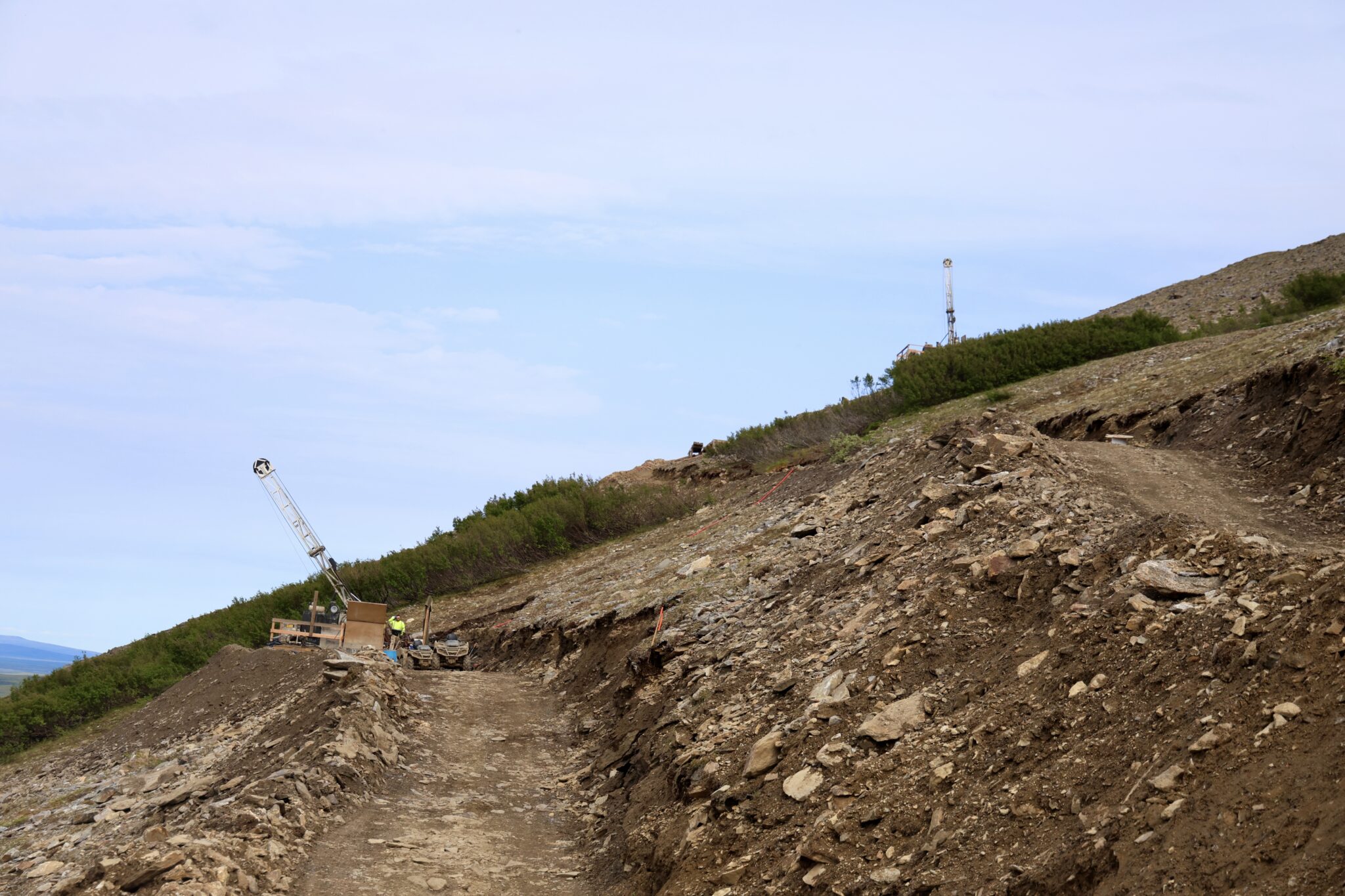
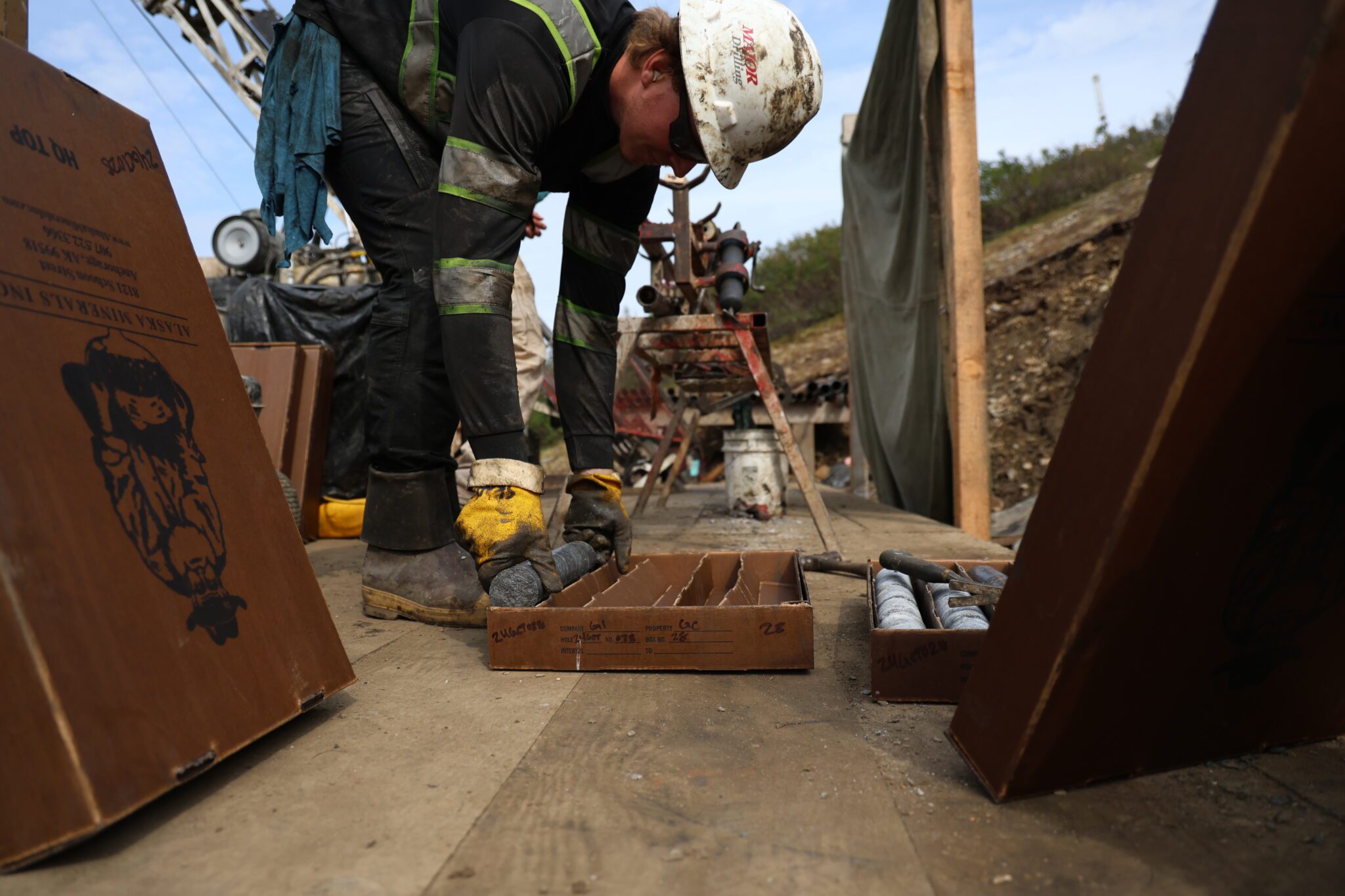
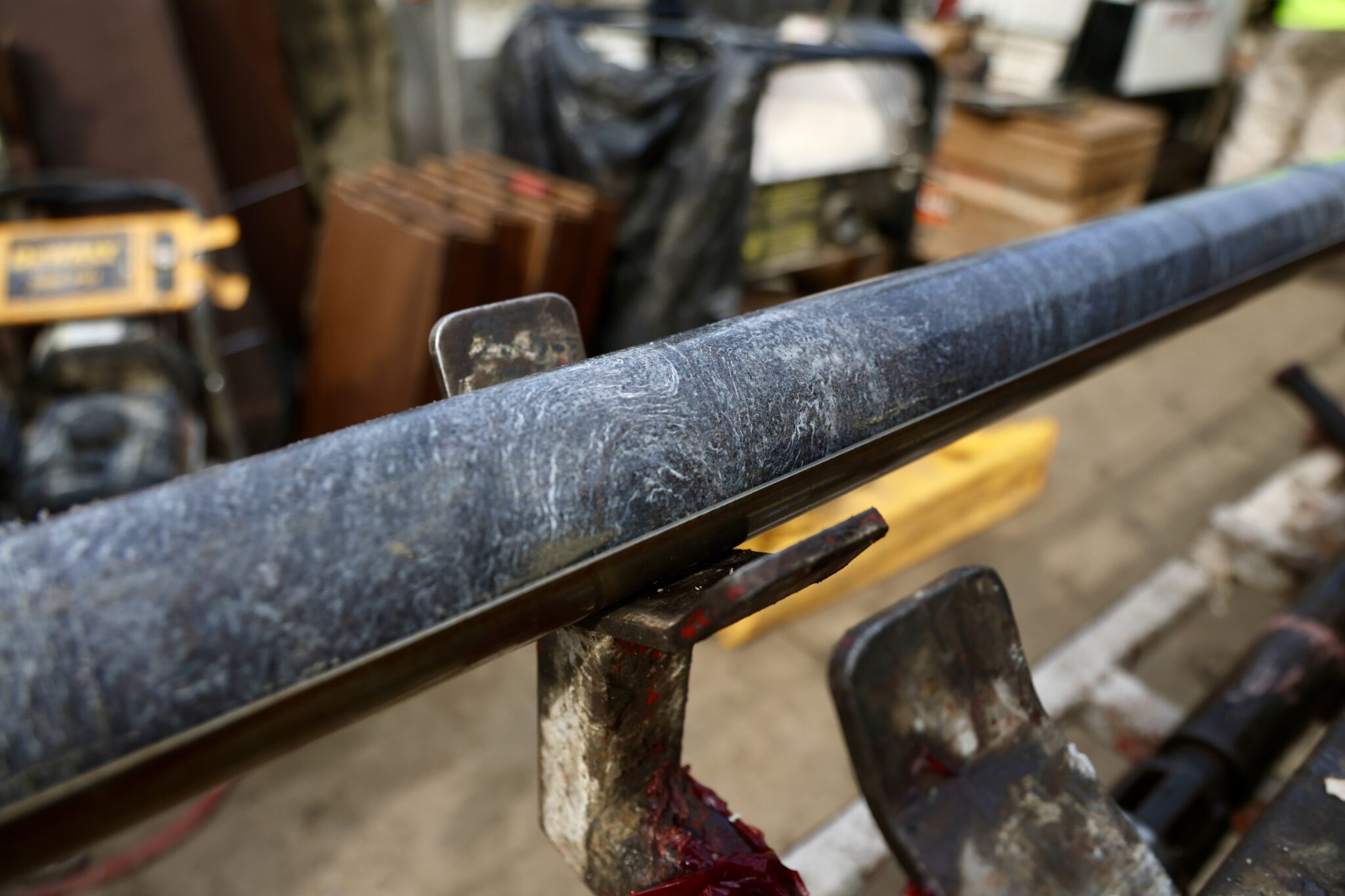
The core samples also give clues to Graphite One’s team of geologists for where they may expect to find water, a crucial step in designing a mining pit down the road. Graphite One’s Chief Geologist, Kirsten Fristad, explained why the hydrology work the team conducted this summer is so important to the company’s future mining plans.
“You want to understand just how the water flows through the rocks that are there right now. As soon as you start making the pit shell, you're essentially making a bathtub,” Fristad explained. “Any water that falls into the pit has to get treated before it gets released.”
The data is being fed into a software called Leapfrog Geo that generates a 3D model of the deposit. With the flick of a mouse, the team can pan around the model to look at the data from various angles. The software is also creating a more accurate total amount of graphite in the deposit, a key figure at the heart of Graphite One's feasibility study.
The study is set to be complete by the end of 2024, thanks in part to funding from the U.S. Department of Defense. According to Torpy, the study will help Graphite One understand whether or not the project is profitable.
“Really, the intent of it is to demonstrate whether or not there is an economically favorable project here,” Torpy said. “Is it economically feasible to build this operation as contemplated in that particular report, given the market conditions considered at the time.”
Environmental Worry
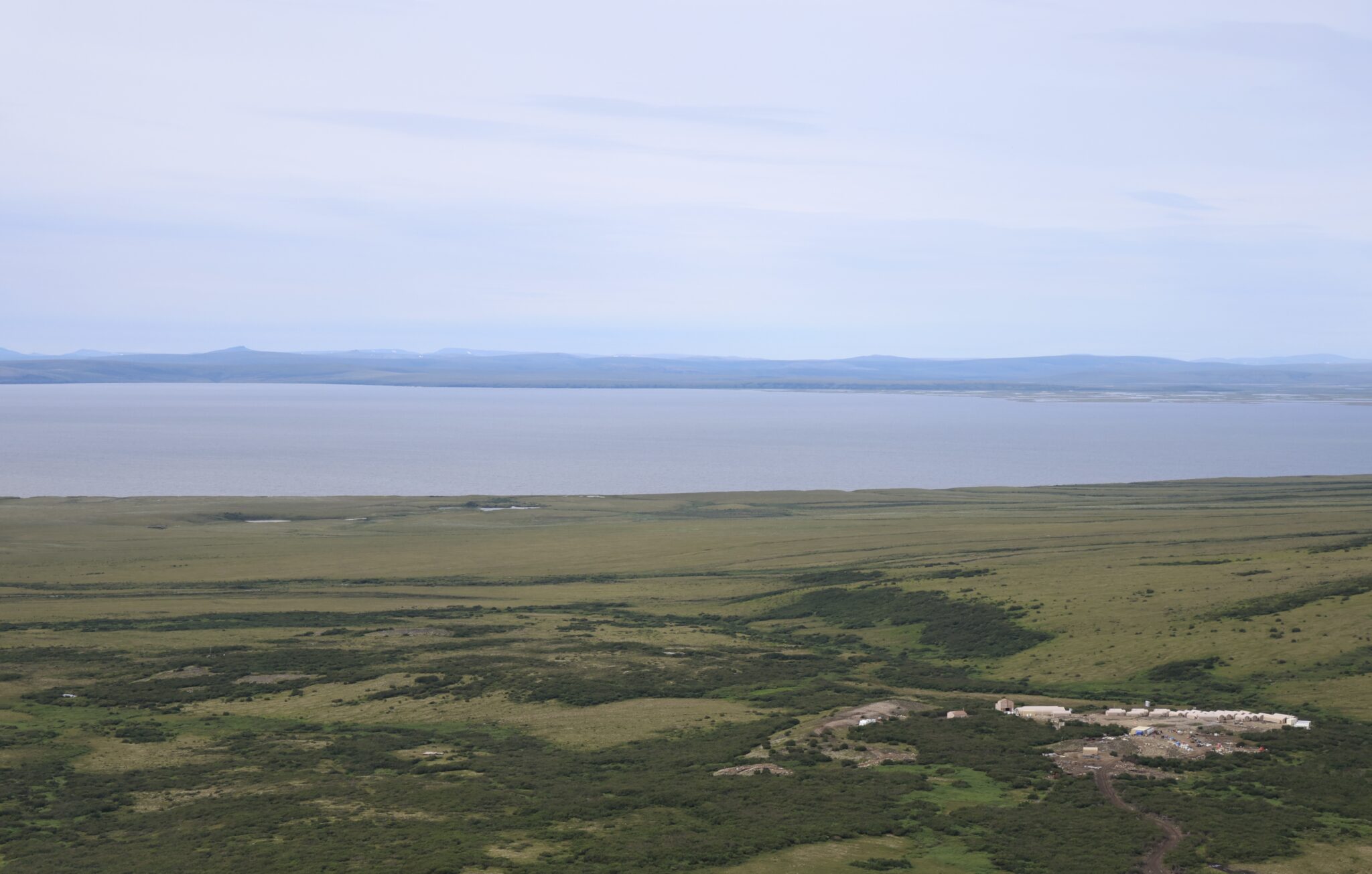
Like many mining projects, Graphite One’s is not without environmental concern. The Graphite Creek property is situated near several streams, including Glacier Canyon Creek and its namesake Graphite Creek, that feed into the Imuruk Basin. The basin is a known habitat for a variety of salmon species. Land near the site is also used for game hunting and berry picking.
Graphite One plans to construct a private road through Mosquito Pass linking the pre-existing Kougarok Road to their camp on the other side of the Kigluaik mountains. The Kougarok Road itself would need to be strengthened and widened to accommodate the heavy haulers the company plans to operate year-round.
Yes, Graphite One intends to keep their camp, mining pit, and a section of the Kougarok Road plowed year-round, snow or shine.
Before any mining begins, though, Graphite One will need to earn numerous permits. Torpy says the multi-year permitting process will involve several state and federal agencies.
“So in Alaska, I'd say it's one of the highest permitting bars, certainly, of any jurisdiction I've been in,” Torpy said. “It's an extensive amount of science that goes into it well before a permit is even applied for. And then even more rigorous afterwards.”
Graphite One has also convened a Subsistence Advisory Committee composed of people from nearby villages. The committee recently advised on impacts to hunting after Graphite One’s helicopters appeared to be a nuisance to moose.
As currently planned, Graphite One would essentially carve out a large hole in the side of the mountain. Like steps on a staircase, large shelves would wrap around the edges of the pit. Explosives would be used to break the shelves into small pieces that are then hauled away by trucks for light processing on site.
Once mining activities are complete, the company would begin reclamation work on the site. The pit, however, would leave an indelible mark on the mountainside, serving as a permanent reminder of the activities undertaken by Graphite One.
Balancing Conservation with Consumption
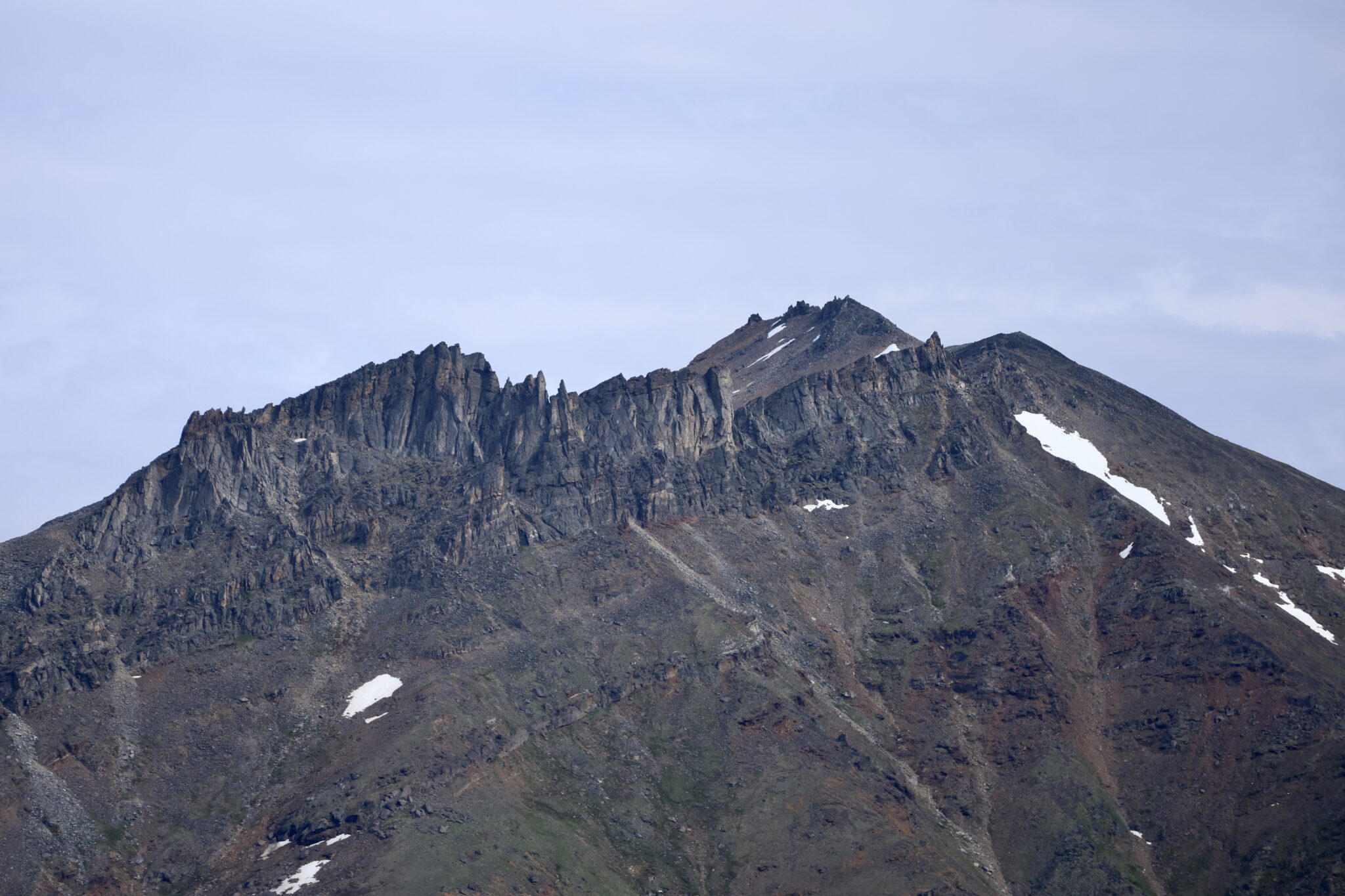
From a fabric tent at Graphite One’s camp in Nome, Kirsten Fristad glanced around the room.
“There's a saying, ‘if it's not grown, it's mined.’ Look around you and start noticing every physical object that is surrounding you and what it's actually made out of. It doesn't just come from the store, there's a whole supply chain before that, and there's mining operations and production that happens before it gets to us. And just know that everything around us comes from somewhere,” Fristad shared.
The demand for graphite in North America is expected to increase nearly 12 times by the end of this decade as goods like electric vehicles surge in popularity. While the critical mineral is currently mined in countries such as China, Madagascar, and Mozambique, the U.S. has yet to establish its own domestic supply.
Graphite One seeks to fill that gap, offering a potential U.S.-based solution to the growing demand. As a fourth-generation miner, Torpy emphasizes that modern mining companies must balance meeting this need with a sense of responsibility for the environment.
“Most people want all these things that have in general, improved life for society and had negative impacts in other ways,” Torpy said. “But you know, it all comes from somewhere. There's been a massive internal cultural shift that's probably not obvious to many who aren't in the industry, to see how much people care, there's an expectation that it's going to be done right.”
Graphite One is also poised to scale their operation to meet long term demand. The scope of their plans encompasses just one mile of a 10 mile stretch of land along the Kigluaik mountains known to contain high-grade graphite.
To exhaust the one-mile stretch of graphite, Graphite One expects the current mine to operate around the clock for over 20 years. According to their pre-feasibility study, the one-mile deposit could generate over $6.8 billion in pre-tax cash flow. The exact value of the entire 10 mile range would take further testing to determine.
Despite operating in the area for over a decade, Graphite One’s project is still in its early stages, with many hurdles to clear before any mining can begin. With growing demand for graphite, how the project navigates environmental concerns and community engagement will continue to be a matter of local, and national interest.
